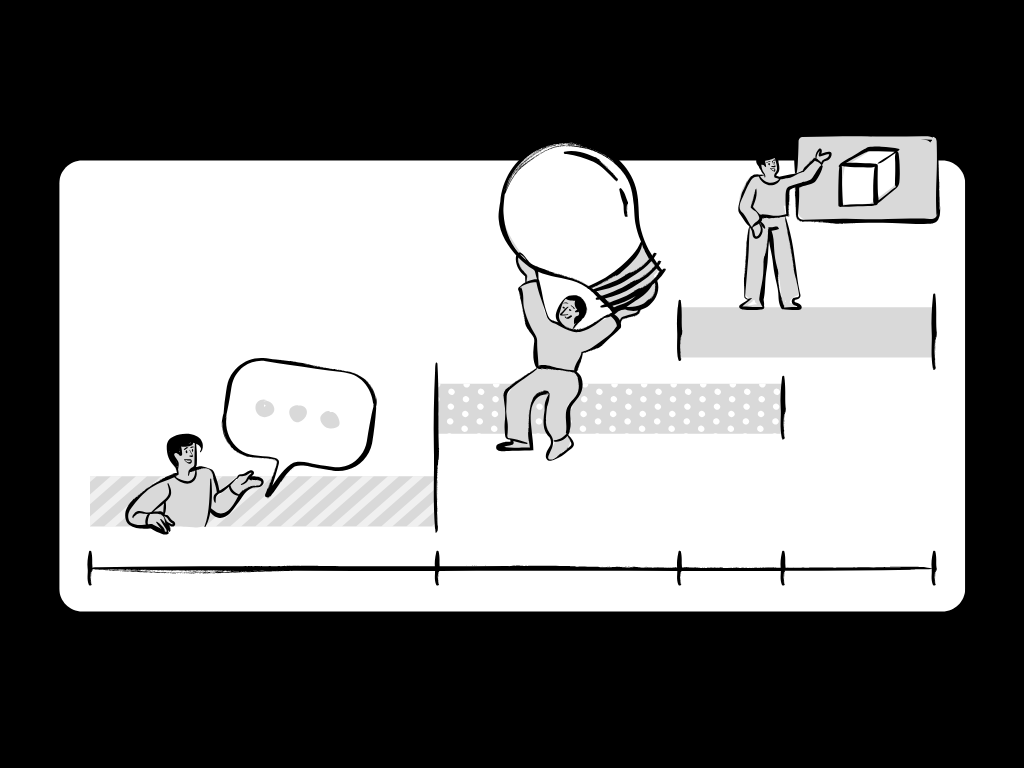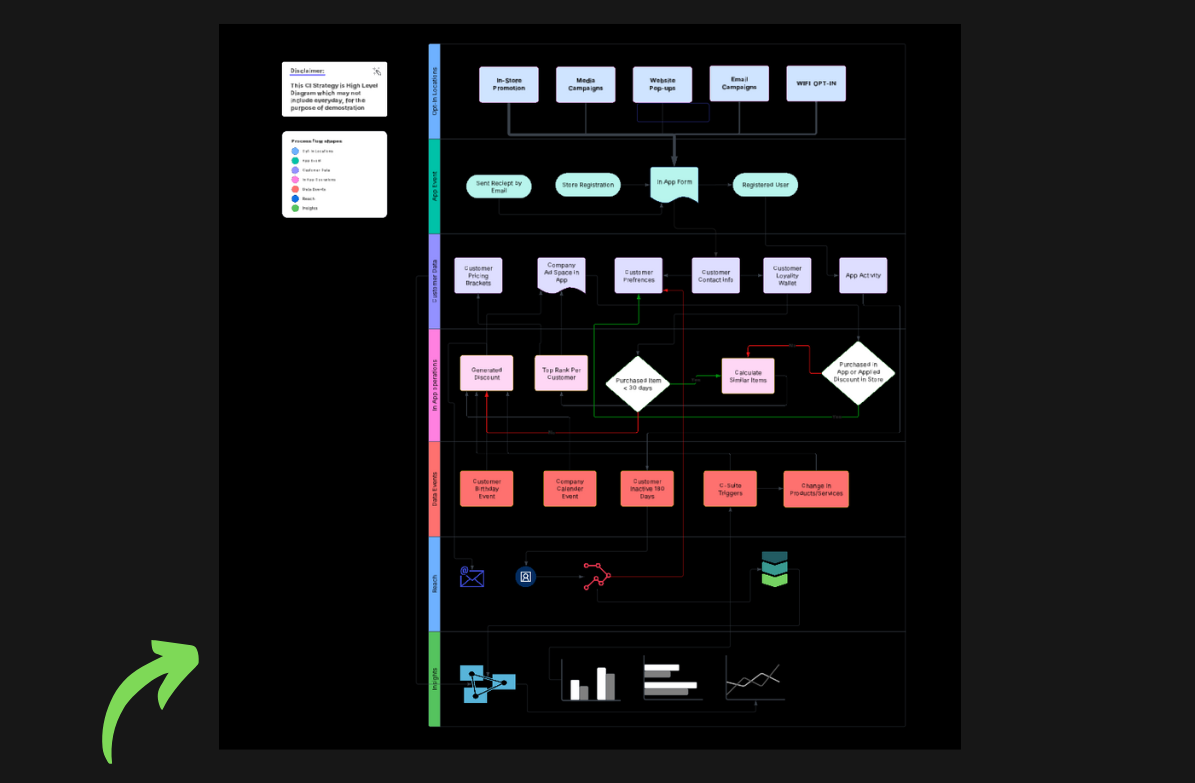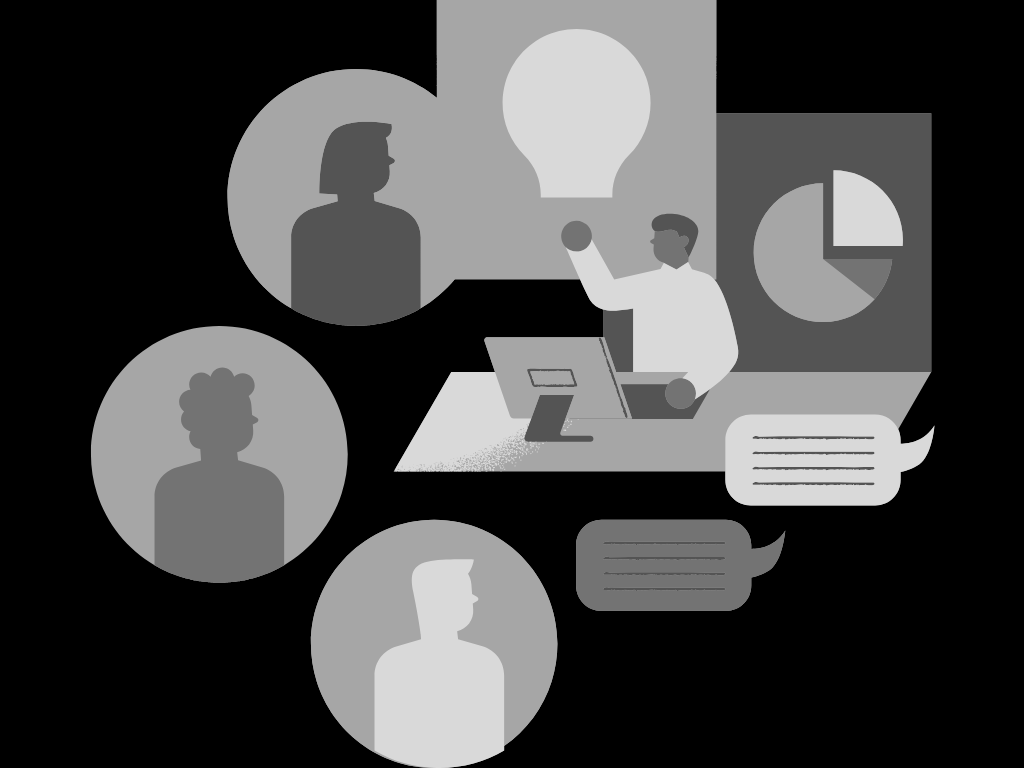Key Takeaways
- Mapping the customer journey is crucial for understanding and improving the customer experience.
- The process involves several key steps, including defining objectives, identifying customer personas, and analyzing insights.
- Common mistakes can hinder the effectiveness of customer journey maps.
- Tools and templates are available to facilitate the mapping process.
What are the 7 steps to map the customer journey?
Creating a customer journey map is essential for visualizing and enhancing customer interactions with your brand. Here are the seven steps to effectively map the customer journey:
Step 1: Define Your Objectives
Start by clarifying the purpose of your journey map. Are you looking to improve customer retention or enhance user experiences on your website? Establishing clear objectives helps you focus your mapping efforts on what truly matters.
Step 2: Identify Customer Personas
Understanding who your customers are is paramount. Develop detailed customer personas that represent various segments of your audience. This step ensures that your journey map reflects the experiences and expectations of actual users.
Step 3: Map Out Customer Touchpoints
Identify all the places where customers interact with your brand, from initial awareness to post-purchase support. This listing should encompass both online and offline interactions, painting a comprehensive picture of the customer experience.
Step 4: Create a Timeline
Once your touchpoints are identified, organize them in a chronological order. This timeline will illustrate the stages that customers go through, helping you visualize the journey from start to finish.
Step 5: Capture Customer Emotions
Understanding customer emotions at each touchpoint is key. Use surveys, interviews, and direct feedback to gauge how customers feel throughout their journey. This insight can reveal pain points and areas for improvement.
Step 6: Analyze Customer Insights
Utilize the data gathered to analyze customer behavior patterns and trends. Focus on identifying gaps between customer expectations and actual experiences. This analysis will inform areas needing attention.
Step 7: Iterate and Improve
Lastly, treat your journey map as a living document. Regularly update it based on new insights, changing customer behaviors, and market conditions. Continuous iteration helps ensure that your customer experience remains aligned with customer needs.
How do I create a customer journey map?
Step-by-step Process
To create a customer journey map, follow the aforementioned seven steps, ensuring each phase is well-researched and documented.
Tools and Resources Required
- Digital Tools: Software such as Lucidchart, Miro, or Microsoft Visio can help you visualize your map effectively.
- Templates: Use pre-built templates for quick starts, often available in the tools mentioned above.
Tips for Effective Mapping
- Involve cross-functional teams to gather diverse perspectives.
- Utilize customer feedback regularly to refine your understanding.
- Keep your mapping process aligned with your organizational goals.
What are the 9 steps in creating a journey map?
In addition to the seven steps discussed, here are two extra steps that further enhance your mapping process:
Step 1: Set Clear Goals
Establish what you want to achieve with the journey map. Setting specific, measurable goals helps convey the map’s purpose to team members.
Step 2: Gather Customer Data
Conduct qualitative and quantitative research to gather insights into customer behavior. Surveys, focus groups, and analytics can provide valuable data.
Step 8: Create the Final Journey Map
After navigating through the previous steps, synthesize all gathered data into a clear and engaging journey map that tells a story.
Step 9: Share and Act on Insights
Present your journey map to stakeholders and actionable insights derived from the data. Implement changes based on these insights to improve the customer experience.
What are the 5 A’s used for building a customer journey map?
Understanding the 5 A’s can be helpful when outlining the stages of a customer’s journey:
1. Awareness
This is the stage where potential customers discover your brand or product. Clear messaging and branding are essential to create a positive first impression.
2. Appeal
In this phase, customers start evaluating your offering and its benefits. Content marketing plays a significant role in solidifying interest.
3. Ask
At this point, customers seek more information, looking for engagement and answers. Providing easy access to FAQs, product reviews, and customer service can enhance this experience.
4. Act
This stage involves the customer making a purchasing decision. Simplifying the purchase process can significantly improve conversion rates.
5. Advocate
After the purchase, customers can either become advocates or detractors based on their experience. Ensuring customer satisfaction through follow-up and support encourages advocacy.
What tools can I use to design an effective customer journey map?
Digital Tools and Software
Utilize customer journey mapping tools like Smaply, Touchpoint Dashboard, or UXPressia, which offer features tailored for visualizing customer journeys.
Templates and Frameworks
Look for ready-made templates that streamline the mapping process. These frameworks can save time and provide a structured approach.
Collaborative Tools for Team Input
Consider using collaborative platforms such as Miro or Google Docs to facilitate real-time input from different team members, encouraging teamwork and diverse perspectives.
How do customer personas influence the journey mapping process?
Importance of Personas in Journey Mapping
Customer personas provide clarity on user motivations, preferences, and behaviors. They ensure that the journey map accurately reflects real-world user experiences.
How to Develop Effective Customer Personas
Conduct research through surveys and interviews to gather data on demographics, goals, challenges, and buying behavior. Compile this data into user profiles.
Integrating Personas into the Mapping Process
As you create your journey map, incorporate specific personas to tailor the experiences. This will allow for targeted optimizations based on various user needs.
What are common mistakes to avoid when creating a customer journey map?
Lack of Clear Objectives
Without defined goals, you risk creating a journey map that lacks direction and doesn’t address key issues.
Ignoring Customer Emotions
Neglecting to acknowledge customer feelings can lead to an incomplete understanding of the journey. Emotions are vital for pinpointing areas needing improvement.
Focusing Only on the Company’s Perspective
Ensure the map considers the customer’s point of view. A company-centric view may limit insights into customer pain points.
Not Updating the Map Regularly
A one-time mapping event is insufficient. Regular updates are necessary as customer behaviors and preferences evolve.
Neglecting to Act on Insights
Failure to implement changes based on the journey map can waste valuable insights. Always aim to turn insights into action.
How can I effectively analyze the data collected from a customer journey map?
Data Collection Methods
Use surveys, user interviews, and analytics to gather multifaceted data. Quantitative data provides measurable insights, while qualitative results tell the story behind the numbers.
Techniques for Data Analysis
Employ techniques such as thematic analysis for qualitative data and statistical analysis for quantitative data to identify important trends and themes.
Turning Insights into Actionable Strategies
Prioritize insights based on impact and feasibility. Create targeted strategies for improving touchpoints that show the most promise for enhancing customer experience.
Continual Improvement Processes
Establish feedback loops to consistently gather customer data. Iterative improvements will continuously refine the customer journey and enhance satisfaction.
For more strategies on retaining customers, consider exploring our article on 5 Strategies of Customer Retention to Try Out and utilize our Retention ROI Calculator to assess the financial impact of your retention efforts.



